The climate of Bashkiria allows you to collect excellent crops of different types of mushrooms. They grow abundantly in many areas and significantly differ in morphological and taste characteristics, which allows you to diversify your home menu. Only 30% of Bashkiria’s mushrooms are edible, so before you go on a “silent hunt”, you need to carefully study their photos and descriptions.
Content
Places of distribution and terms of picking mushrooms in Bashkiria
Edible mushrooms begin to appear in Bashkortostan in early spring, shortly after the snow melts. But in the warmer regions they are collected already at the end of March, and in the colder ones only in May. The mushroom season ends with the arrival of the first autumn frosts.
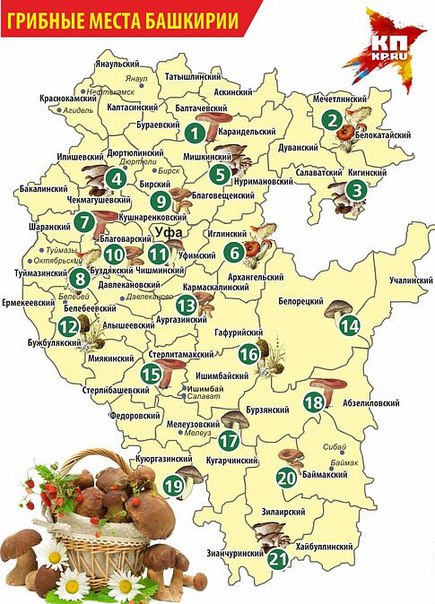
Places of distribution of mushrooms:
- In the Ufa region:
- clearings, forests and gardens near the village of Krasny Yar are especially rich in champignons;
- on the banks of the Urshak River near the village of Kamyshly there are many rare species of mushrooms, including yellow lumps;
- near the village of Osorgino, they are usually looking for mushrooms.
- In the forests of the Kushnarevsky district, the main find is a lump.
- In the Ilishevsky district, in the vicinity of the village of Ishkarovo, in forests, glades and forest edges, there are especially many saffron milk mushrooms.
- In the Blagovarsky district near the village of Yazykovo, porcini mushrooms and brown boletus grow.
- A lot of boletus in Chishminsky district.
- The area of the Mill - chanterelles and honey mushrooms.
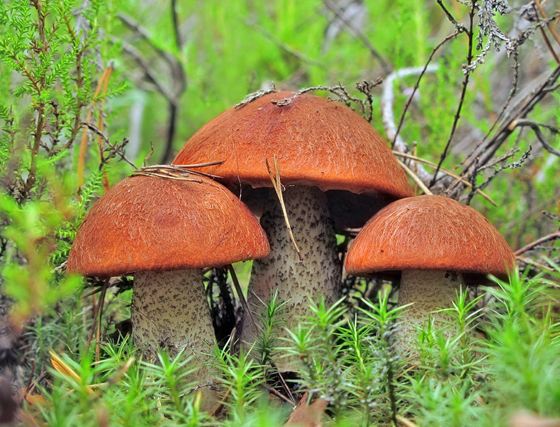 You may be interested in:
You may be interested in:Photo and description of spring edible mushrooms
In spring, the selection of mushrooms is not as rich as in summer and autumn, but you can find healthy and tasty mushroom species.
Line
The line refers to conditionally edible. There are different opinions regarding him. On the one hand, cooking and drying are recommended. On the other hand, it is claimed that toxins do not disappear as a result of boiling, soaking or drying. At the very least, boil the product.
The line has an inexpressive velvety hat with a diameter of 2-10 cm. It is winding, shapeless, like a walnut or a brain, inside it is hollow, with many folds. Depending on environmental conditions, the color may be different (from yellow to red-brown).
The inner space of the short (2-3 cm) and furrowed legs is also empty. The leg is slightly thickened in the lower part and often immersed in the ground. The fragile waxy pulp smells of damp. Finding a line is easier in pine forests, on fires and clearings that are warmed up by the sun.
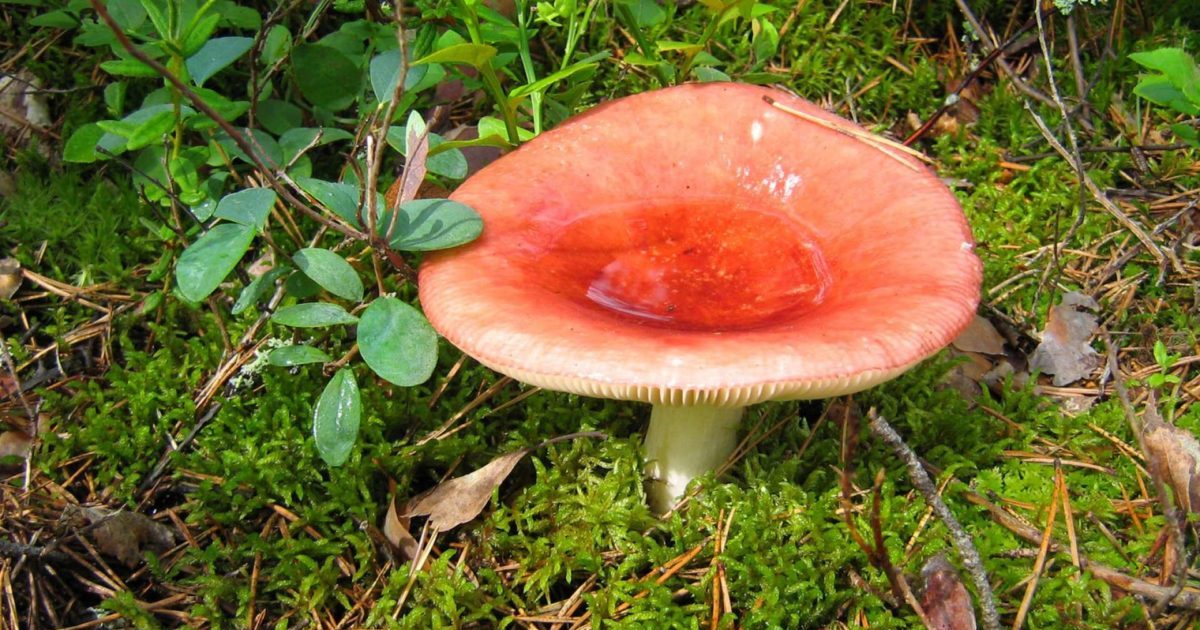 You may be interested in:
You may be interested in:Morel ordinary
Morel grows in places of old conflagration. It grows on different soils, often in the vicinity of ash, on the edges and along roads. You can detect it even in the presence of residual snow.
It is distinguished by a shriveled egg-shaped hat 5-30 cm high. It is covered with irregularly shaped cells. Contrary to size, the fruiting body is quite light, as it is hollow inside. Color depending on age and local conditions can be brown, yellow, gray or buffy.A fragile leg of cream color or completely white, smooth, tightly spliced with a hat and also hollow. The pulp smells nice. Before use, preliminary heat treatment is needed.
Morel hat
To find this hat in large numbers, it is better to go to an aspen or birch forest in late April or early May. Like other representatives of the Morel family, it has a wrinkled hat. This hat looks like a cap, thimble, bell. It is small (height - 1-5 cm, diameter - 1-4 cm), brown or bright yellow. Compared with ordinary morel, its lower edge is free, does not grow to the pedicle. The bottom of the hat is lighter.
The cylindrical pedicle grows to a height of 6–11 cm, and sometimes 15 cm, and a thickness of 1.5–3 cm. The pedicle is whole and white-yellow in young specimens, hollow and buffy in mature specimens, pubescent or slightly scaly, with a small powdery coating. The flesh is waxy, light (bonnet darker), thin and very fragile. The smell is specific, reminiscent of dampness.
Summer mushrooms with photos and names
Following warm thunderstorm rains, summer mushrooms abundantly appear in Bashkiria.
Porcini
It has the name boletus or just white, and is considered the king among mushrooms due to its excellent taste and unique aroma. Mushrooms usually grow in whole companies along forest paths and on the edges of a birch forest. They look very impressive.
A wide dark brown hat (7-30 cm) is most often convex or flat convex. It is covered with smooth or wrinkled, bare, thinly felt or scaly-fibrous skin, which does not separate from the pulp. But having a recess near the legs of the tubular layer is separated simply. At first it is white, turns yellow over time and becomes olive green.
The pulp is strong, fleshy, juicy, white in young, in old - fibrous and with yellowness. Under the dark skin, the flesh is brown or red-brown. On the cut, the color practically does not change. The pleasant smell of mushroom can be felt during cooking and drying.
A massive club-shaped or barrel-shaped leg is 7 cm thick and 25 cm high. The leg is white, red or brown in color, lighter than the hat. In its upper part, a mesh of veins is usually present.
Fox
Chanterelles, which are also popularly called males, are very popular both in Bashkiria and beyond. It is well transported, stored, suitable for cooking in any form, the presence of hinomannose in the pulp does not allow insects to creep on this product.
The highest yield can be harvested at the end of summer, after warm rains. Males prefer bright places in mixed forests with birch trees, and may be in conifers. Their noticeable clusters can be found on the edges, in roadside spaces and clearings.
Fused with a leg in a single unit, a light yellow or yellow-orange hat of young mushrooms has a rounded and slightly convex shape, then it becomes funnel-shaped. Size - 2-12 cm. Its surface is almost smooth, matte, the edges are wrapped in most cases. The peel is difficult to separate.
Leg of moderate density, elastic and solid, 4-7 cm high, 1-3 cm thick, narrowed at the bottom. The flesh on the periphery is yellow, and in the middle white, it has a sour taste and smells of dried fruit or roots.
Boletus
From June to October, boletus, known for its taste and productivity, comes into a period of intensive fruiting. For mushroom pickers to taste, he is second only to the cep. Of course, the boletus prefers the neighborhood with aspen. It may be located next to other deciduous, but not coniferous trees. It is found in small groups in the grass near forest paths and in clearings.
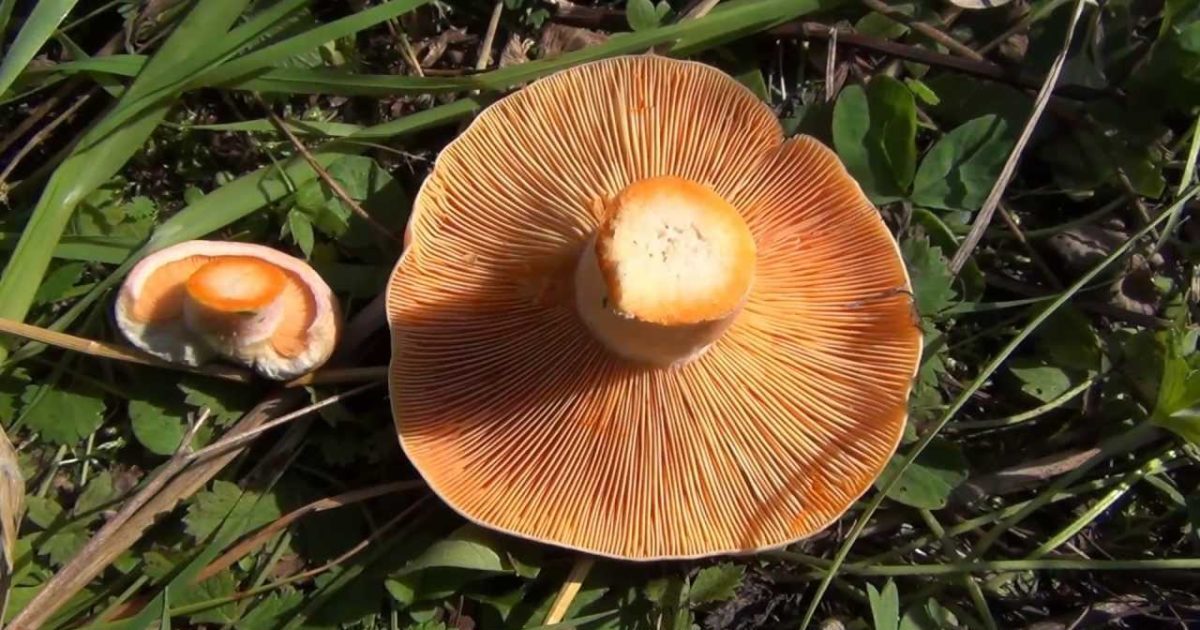 You may be interested in:
You may be interested in:The hemispherical, and eventually cushioned hat has a red, brown-red or orange color.The tubular layer is white, but eventually acquires a gray-brown color. The size of the hat, like the legs, reaches 15 cm. The leg is covered with gray scales. Dense, fleshy and white flesh can turn blue on a cut.
Boletus
This is another mushroom whose name indicates its location. He is also called Obabk, and they have been hunting for him since the first half of July. It has a thin leg, which is quite stiff, fibrous and brownish-brown in mature mushrooms (15 cm in diameter).
Unlike boletus, the flesh on the cut does not change, but remains white. Although there is a pinkish type of boletus, which grows in marshy areas. Boletus is suitable for any culinary dishes.
Autumn mushrooms of Bashkiria with a description and photo
The favorite time for mushroom pickers is autumn, as there are more mushrooms in the Bashkir forests, and autumn walks are a real pleasure.
Collecting oiler
One of the mass mushrooms is a nipple, so nicknamed because of a slippery, oily (convex or flat) hat. The peak of harvest is in September, when butterflies appear in young pine plantations and at the edges of the forest. The hat can be colored in different shades of brown and yellow.
The peel is removed easily. The yellow or white tubular layer is simply separated from the cap. The leg is straight, high and rather thin, with the rest of the bedspread (ring). The pulp is white or slightly yellow, at the fracture it can turn blue or red.
Ginger
The bright red and even reddish saffron owes its color to the high content of beta-carotene. It has many useful substances, and in terms of energy value it is comparable to beef, chicken and egg. They are looking for him in pine plantations and mixed pine forests. Often comes across in groups. He loves moisture, so it appears en masse after heavy rains.
The cap of camelina is round. From the convex form, it is converted into a funnel. The surface is smooth and shiny, in wet weather, sticky. Sizes: leg height - 3-7 cm, hat diameter - 4-18 cm. Thin, but frequent plates slightly descend to the leg. Orange milky juice has a fruity aroma and quickly breaks green when a fruit body breaks.
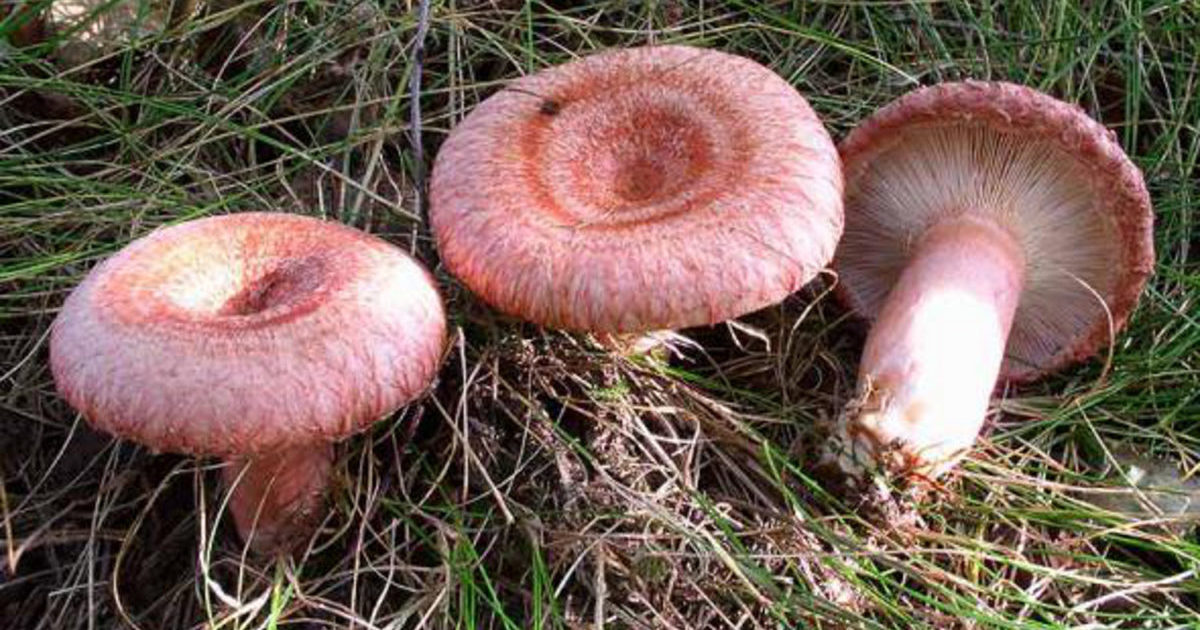 You may be interested in:
You may be interested in:Honey agaric
In the first half of September you can go in search of honey mushrooms, which appear in large groups on the remains of felled and sawn trees (alder, aspen, birch, oak, pine and others). Of special interest to mushroom pickers are mushrooms with hats not yet deployed. The color of the hat (diameter 3-10 cm) depends on the substrate in which honey mushrooms live (the hat can be brown-honey, olive green, etc.). The hat is first convex, then flat.
On the surface there are rare flakes that can gradually disappear. The records are rare. The leg is high (8-10 cm) and medium fineness (1-2 cm), solid, lighter in the upper part, slightly expanded below. Almost under the hat there is a narrow whitish ring. There is no Volvo. The smell and taste of honey agarics are pleasant.
Real lump
A great option for salting is a lump. It is also called a milkman, since when it breaks, it releases milky juice, which rapidly turns yellow when it comes into contact with oxygen. It can be found in birch forests and mixed, where birch is present.
The rounded hat often has a cream color (there are other shades), a fringe of yellowish fibers is noticeable along its bent edge from the inside. The young hat is flat, then funnel-shaped. A cylindrical hollow leg usually does not differ in color from a hat. Although the mushroom is large enough (8-15 cm), but because of the adhering foliage, it is not always easy to see it.
Answers to Common Questions
Bashkiria is a rich region that generously shares its gifts with lovers of "silent hunting." There are many mushroom places in different directions, each region is rich in delicious mushrooms, and the climate contributes to the harvest from early spring to late autumn.
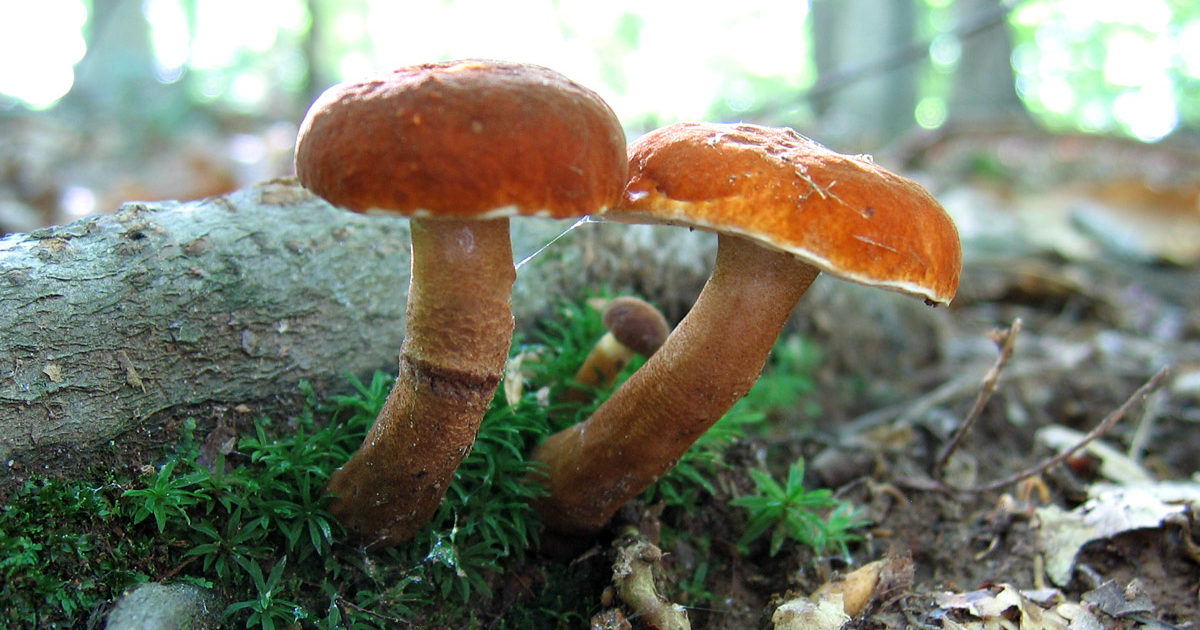 You may be interested in:
You may be interested in:

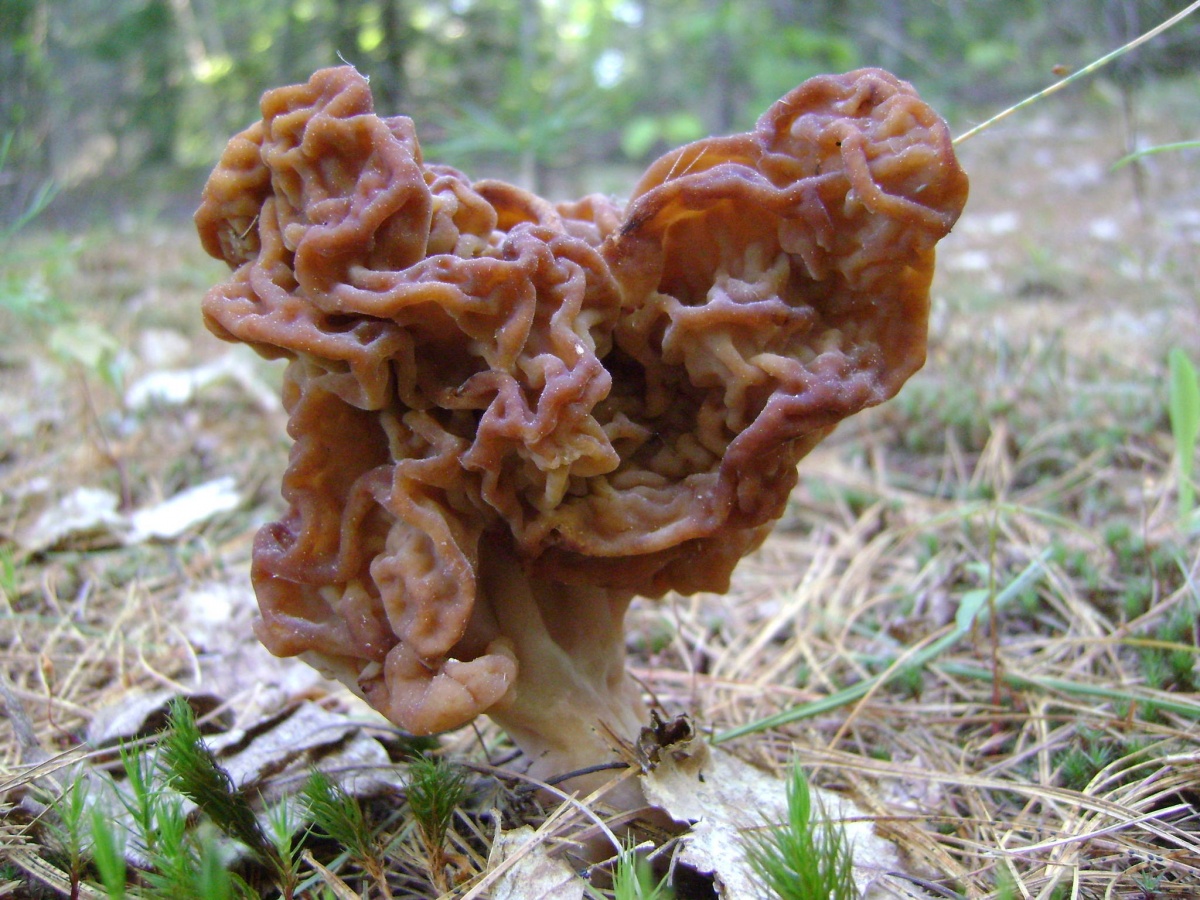
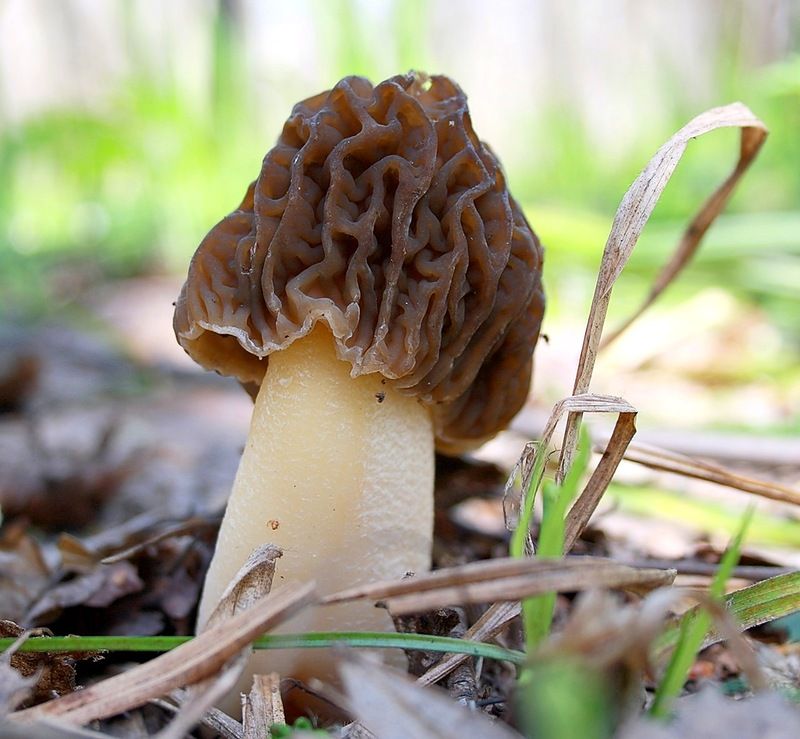
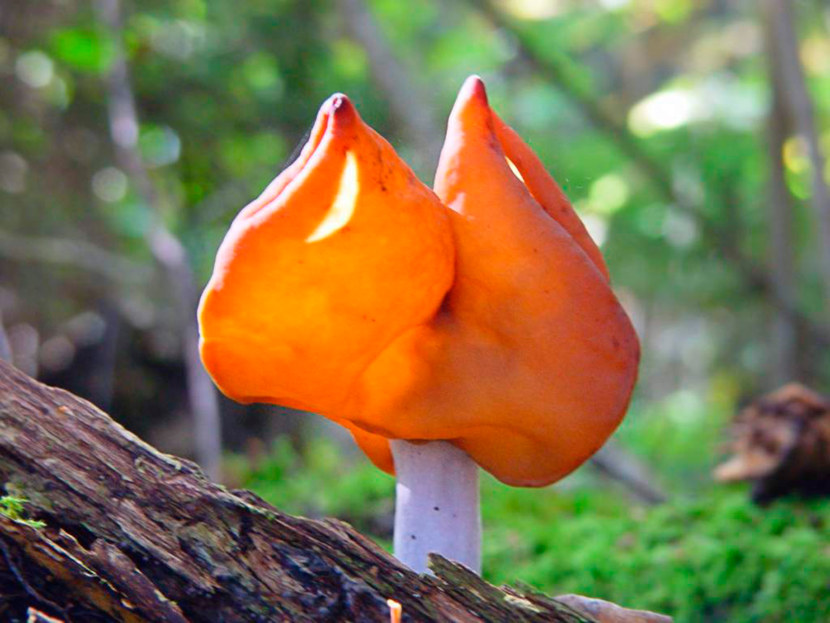
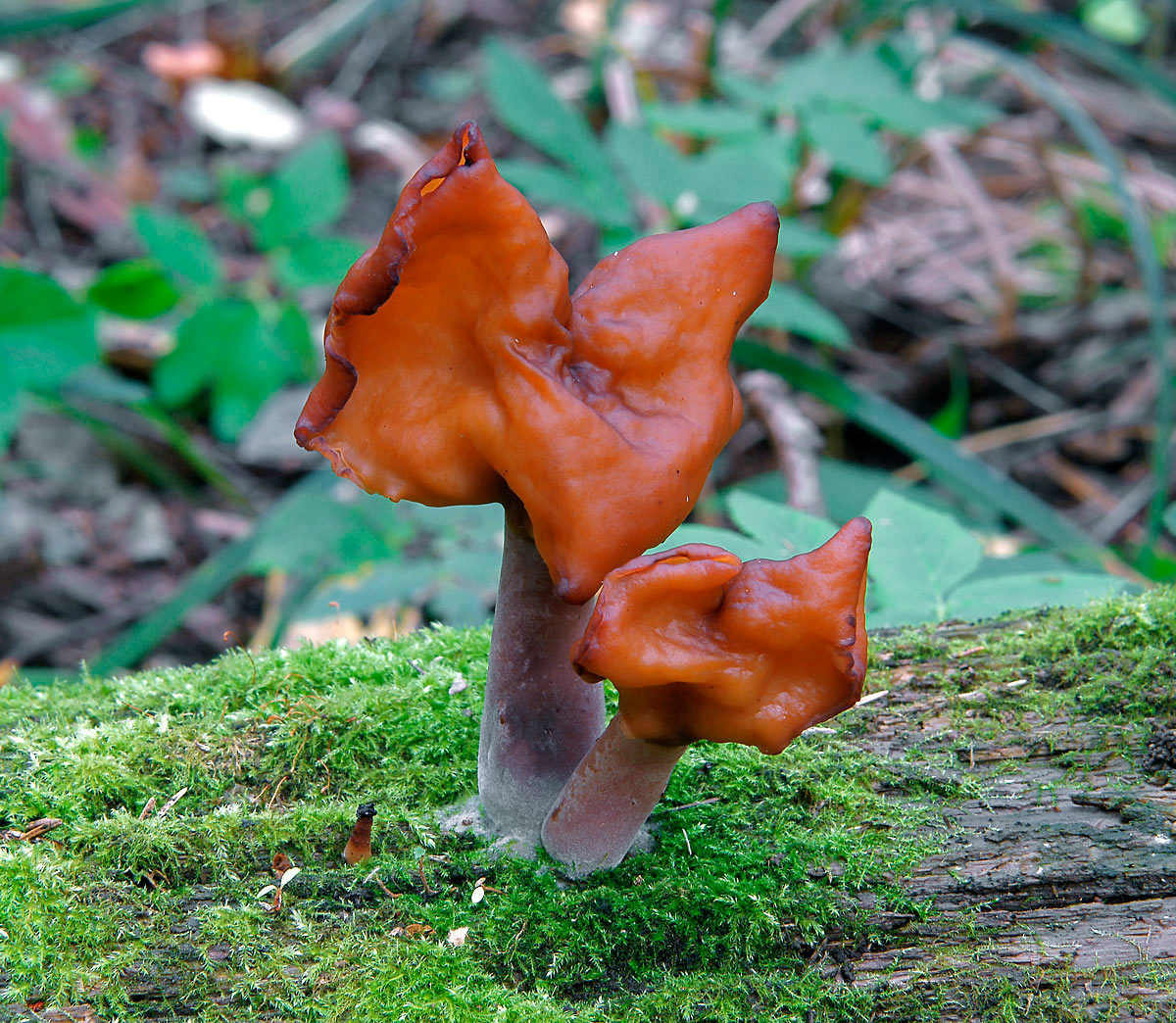
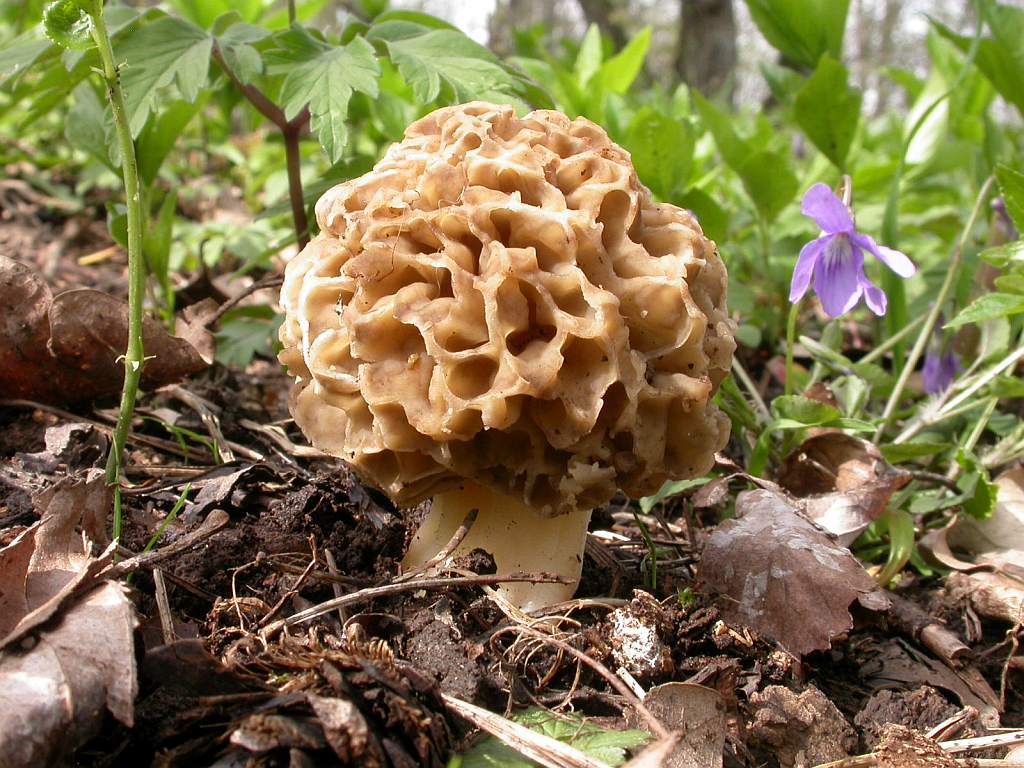
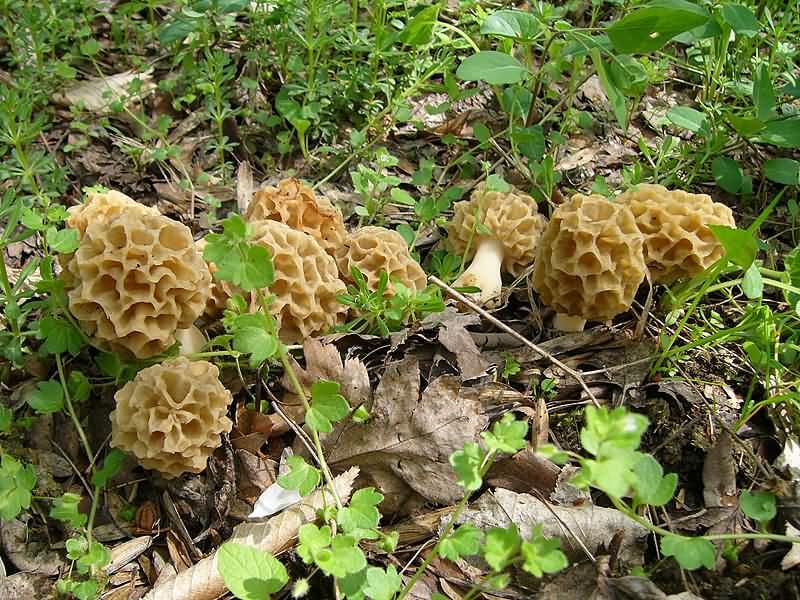
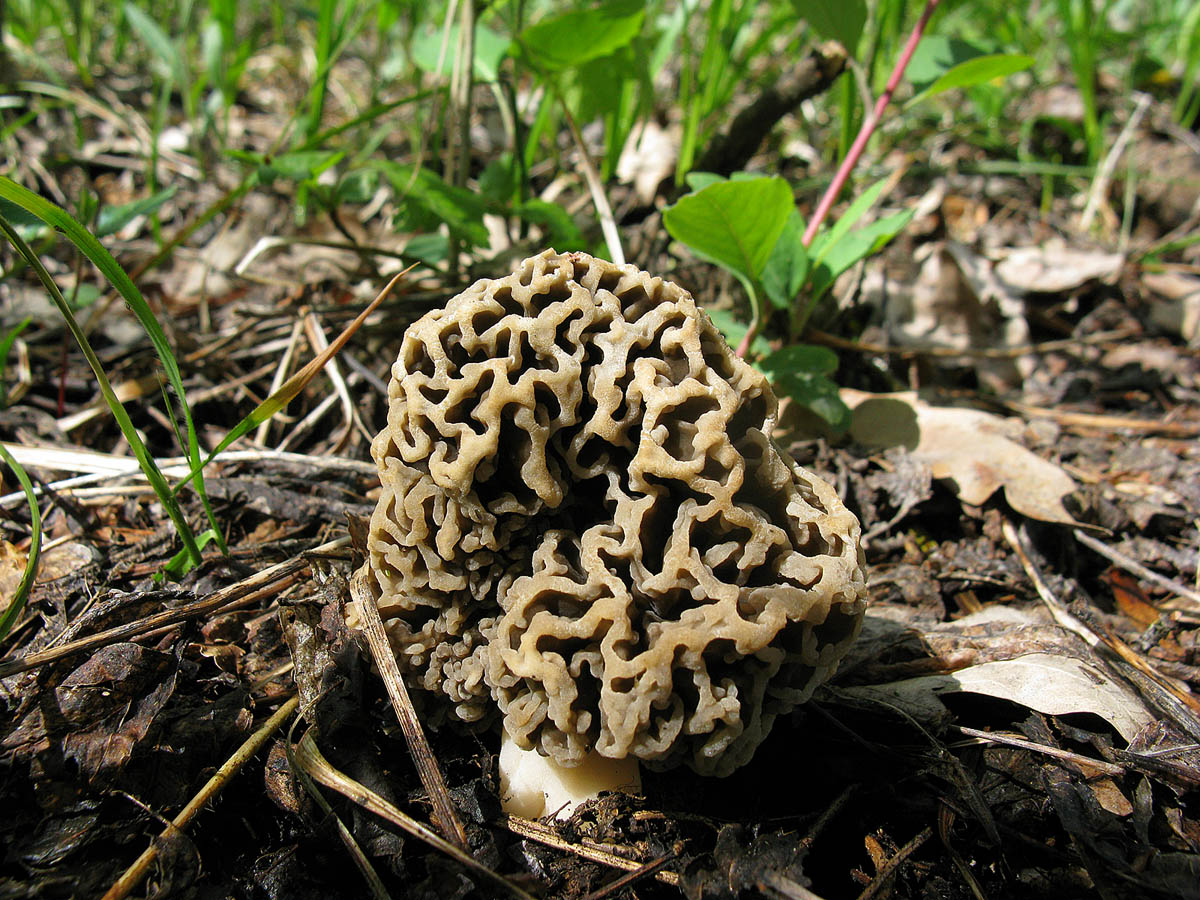
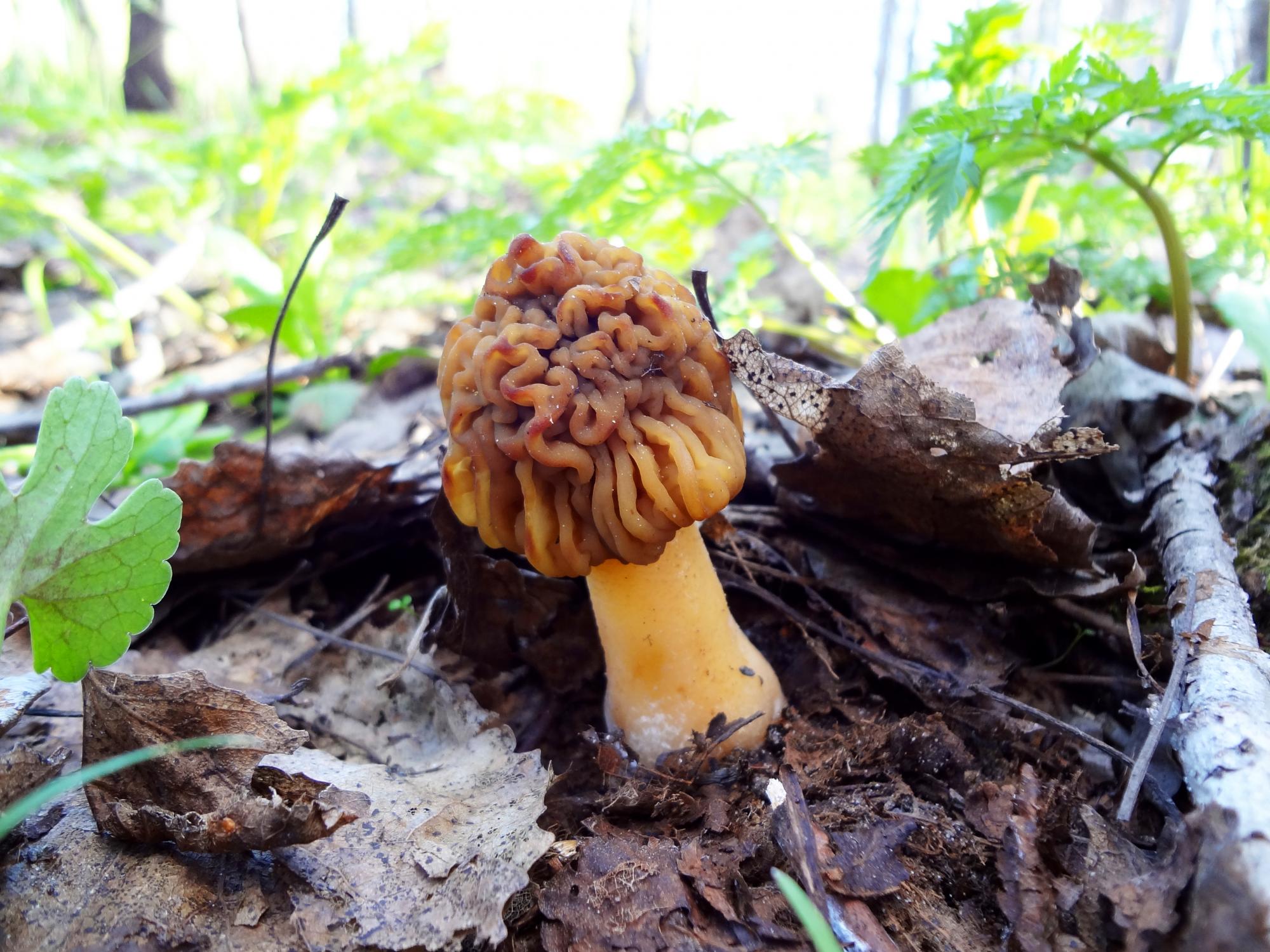
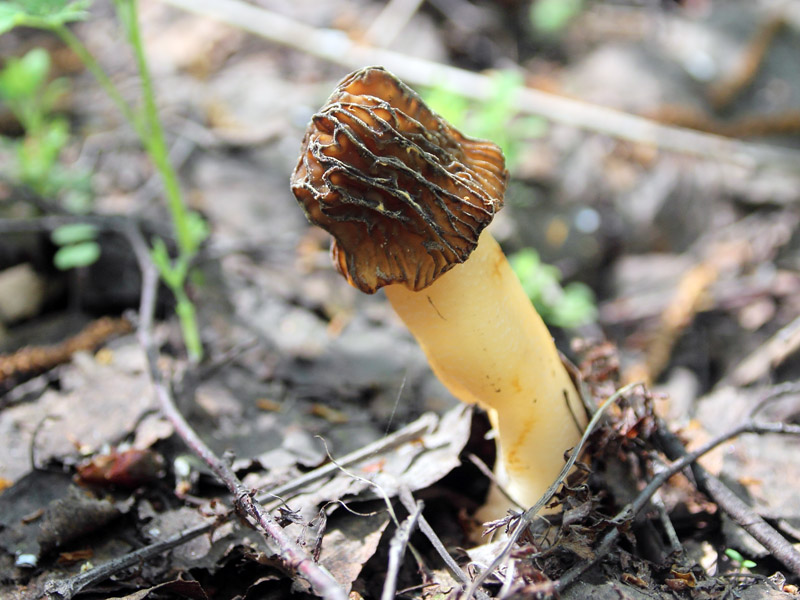
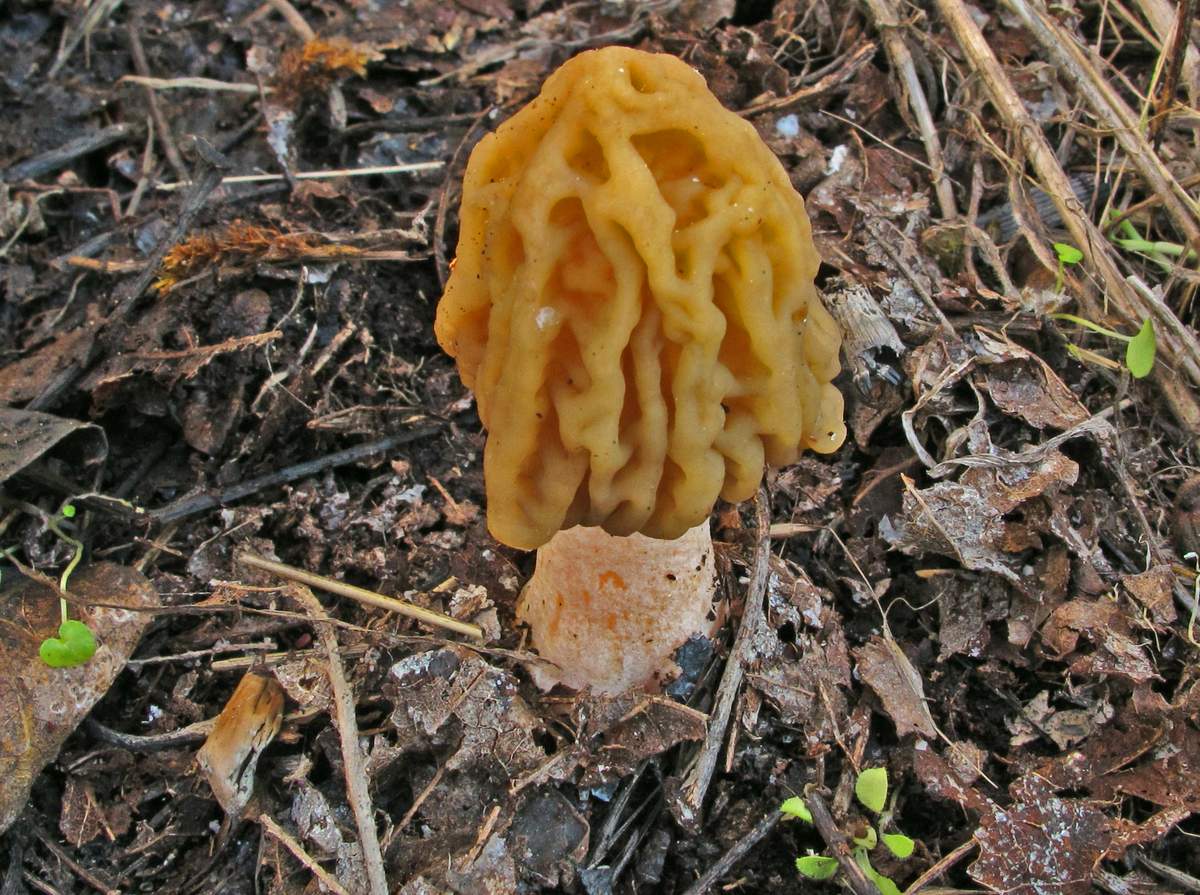
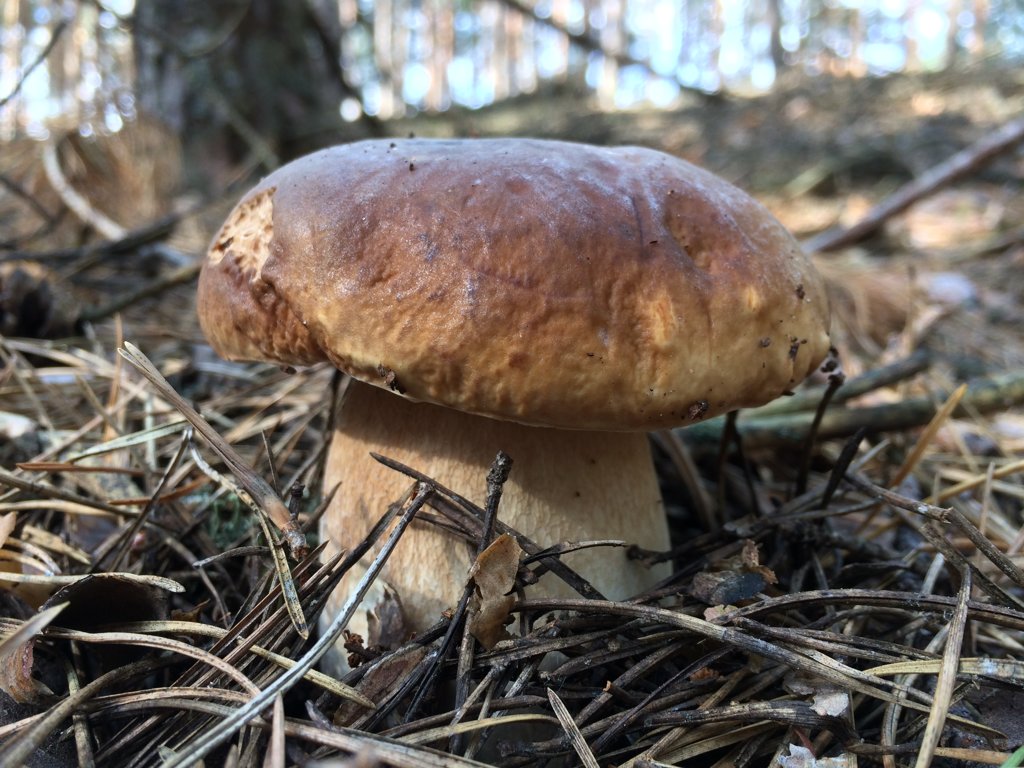

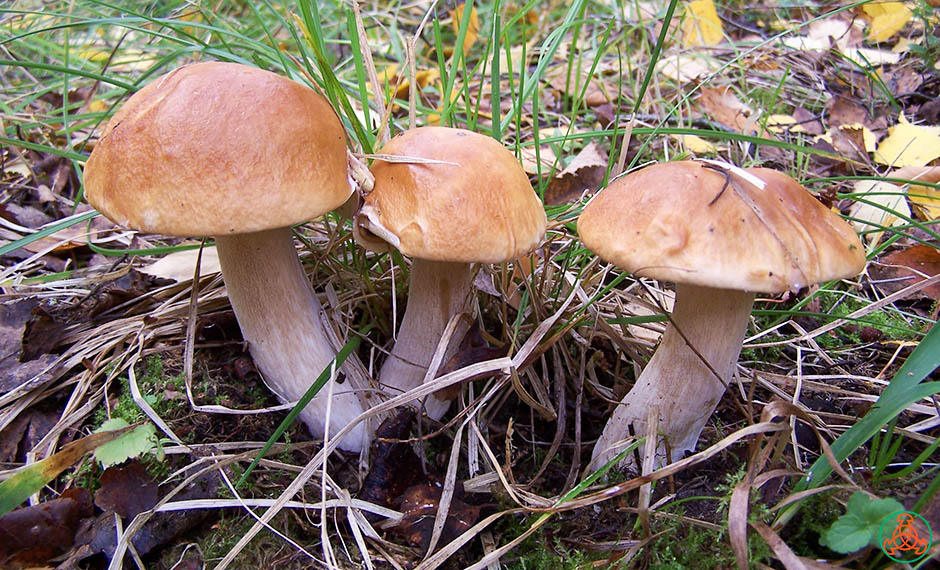
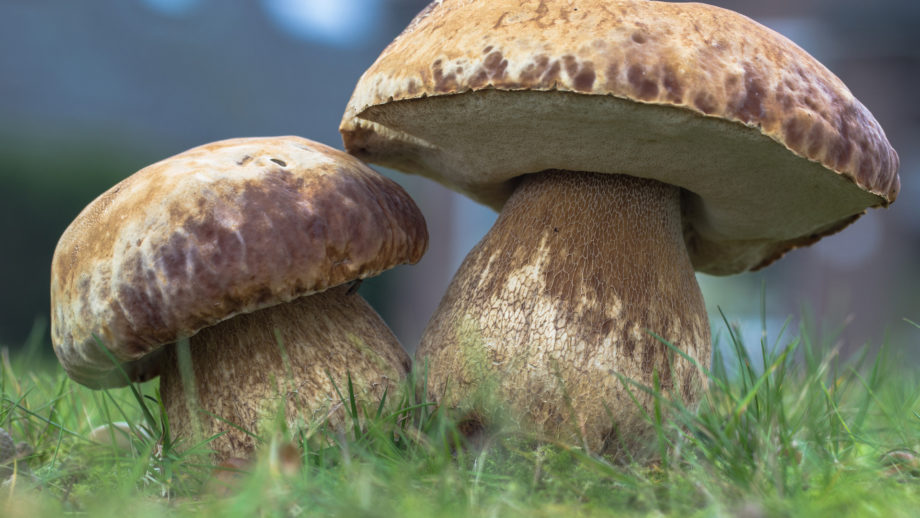
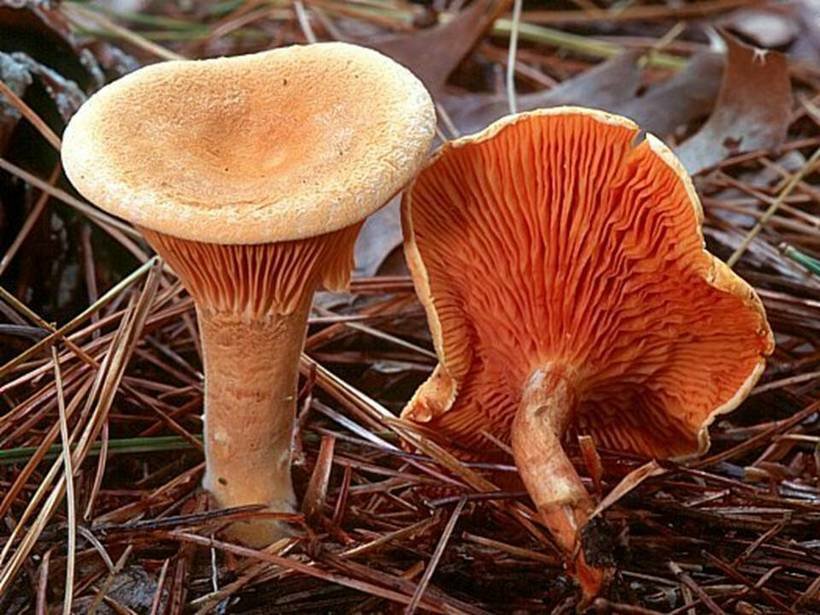

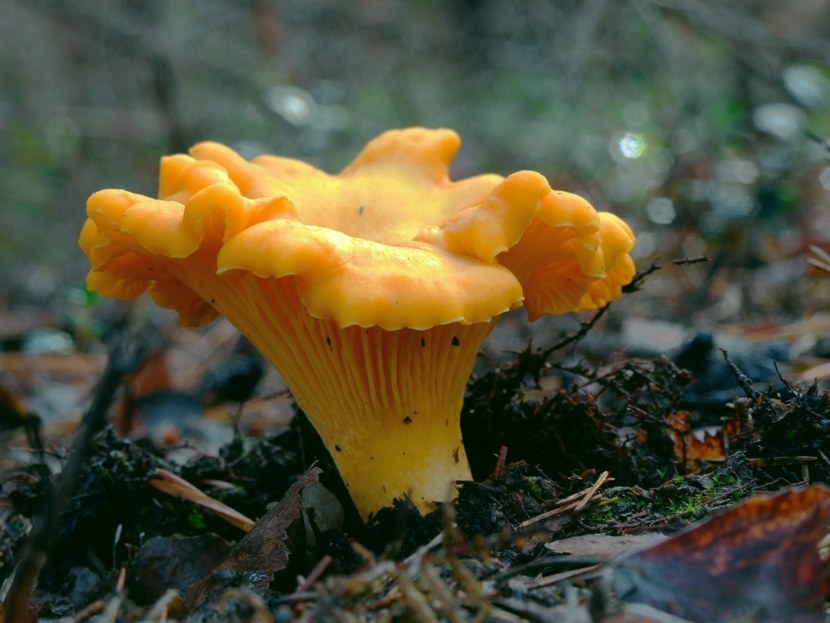


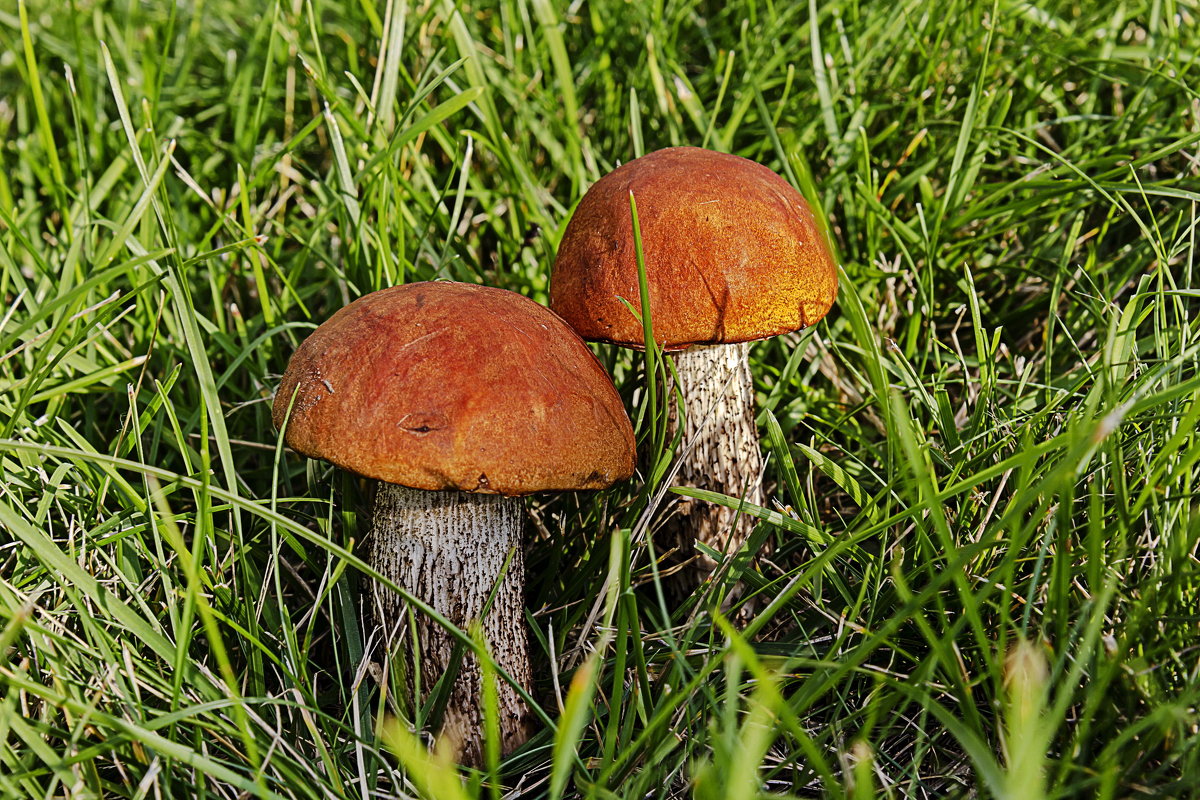
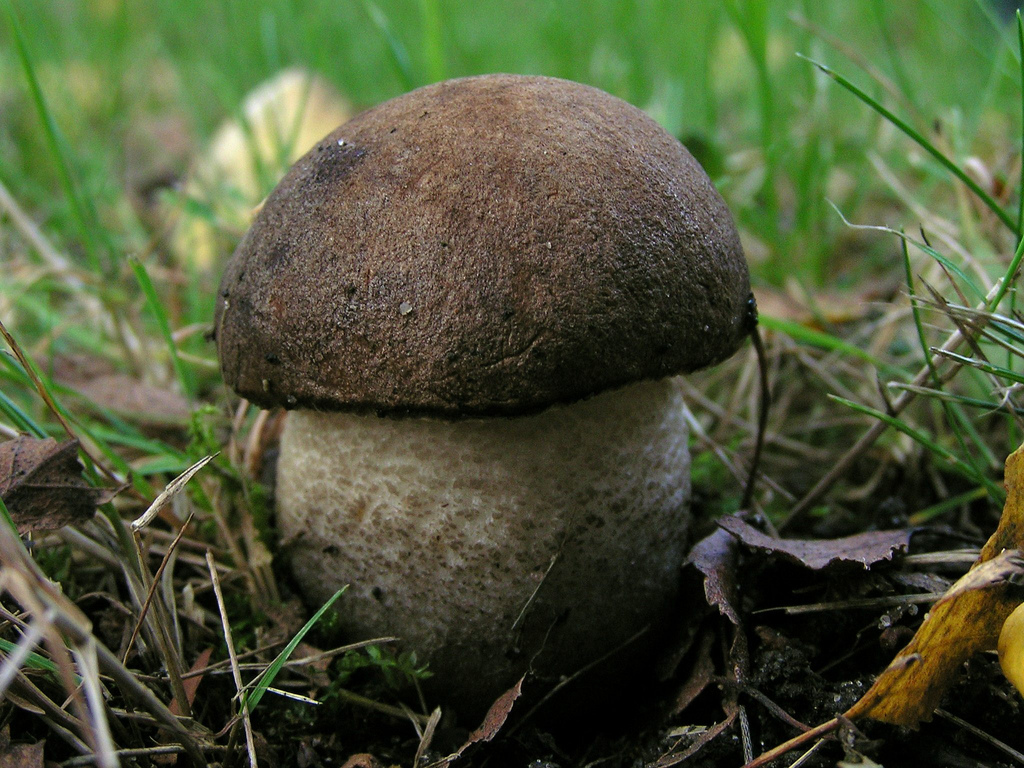
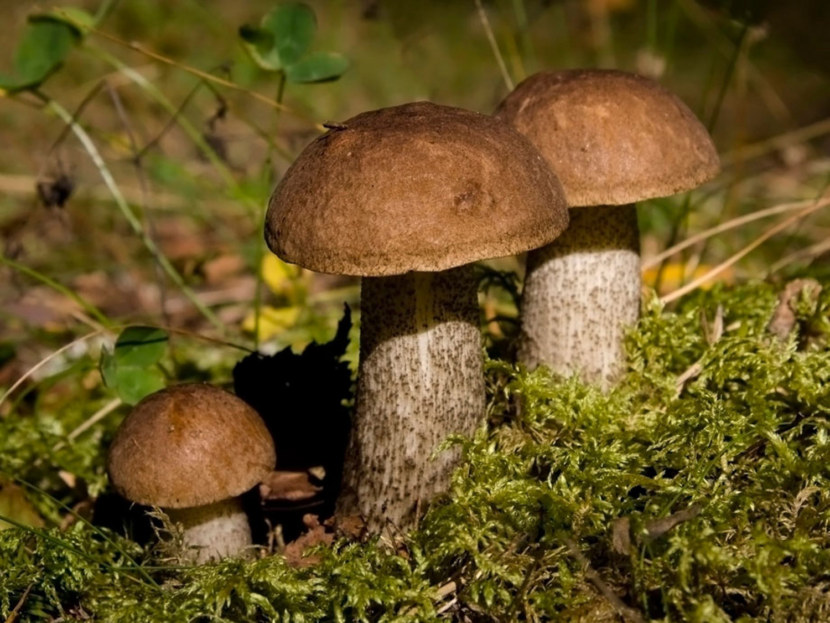
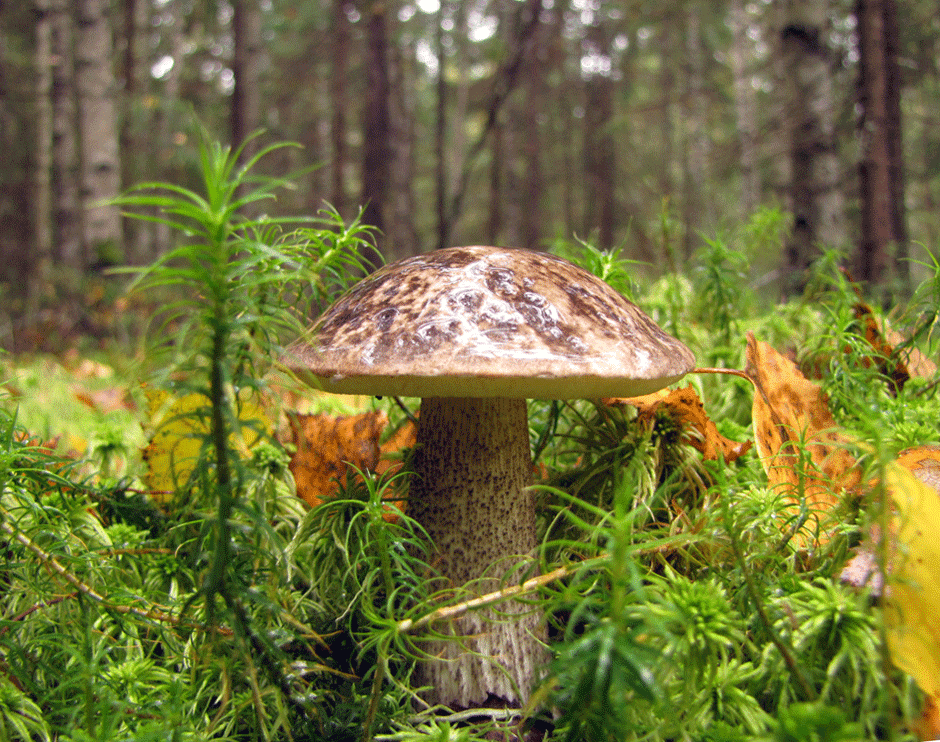
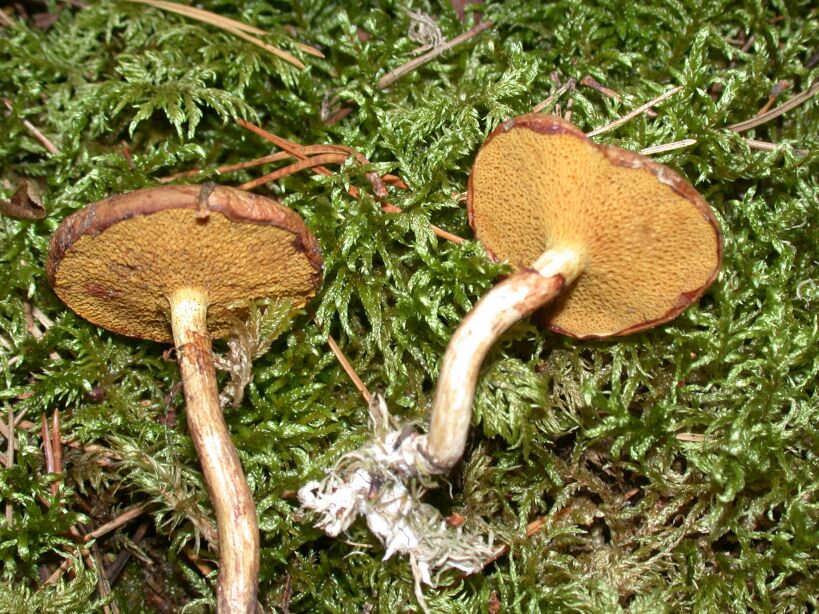

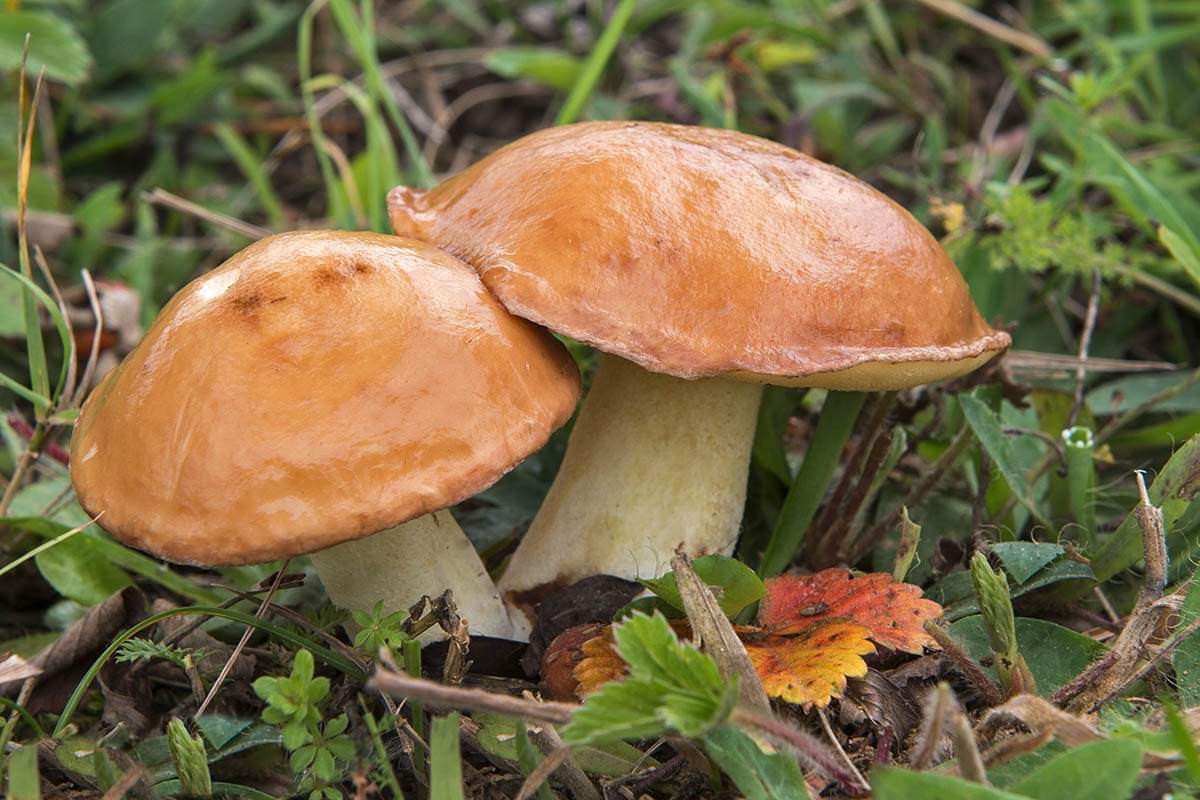
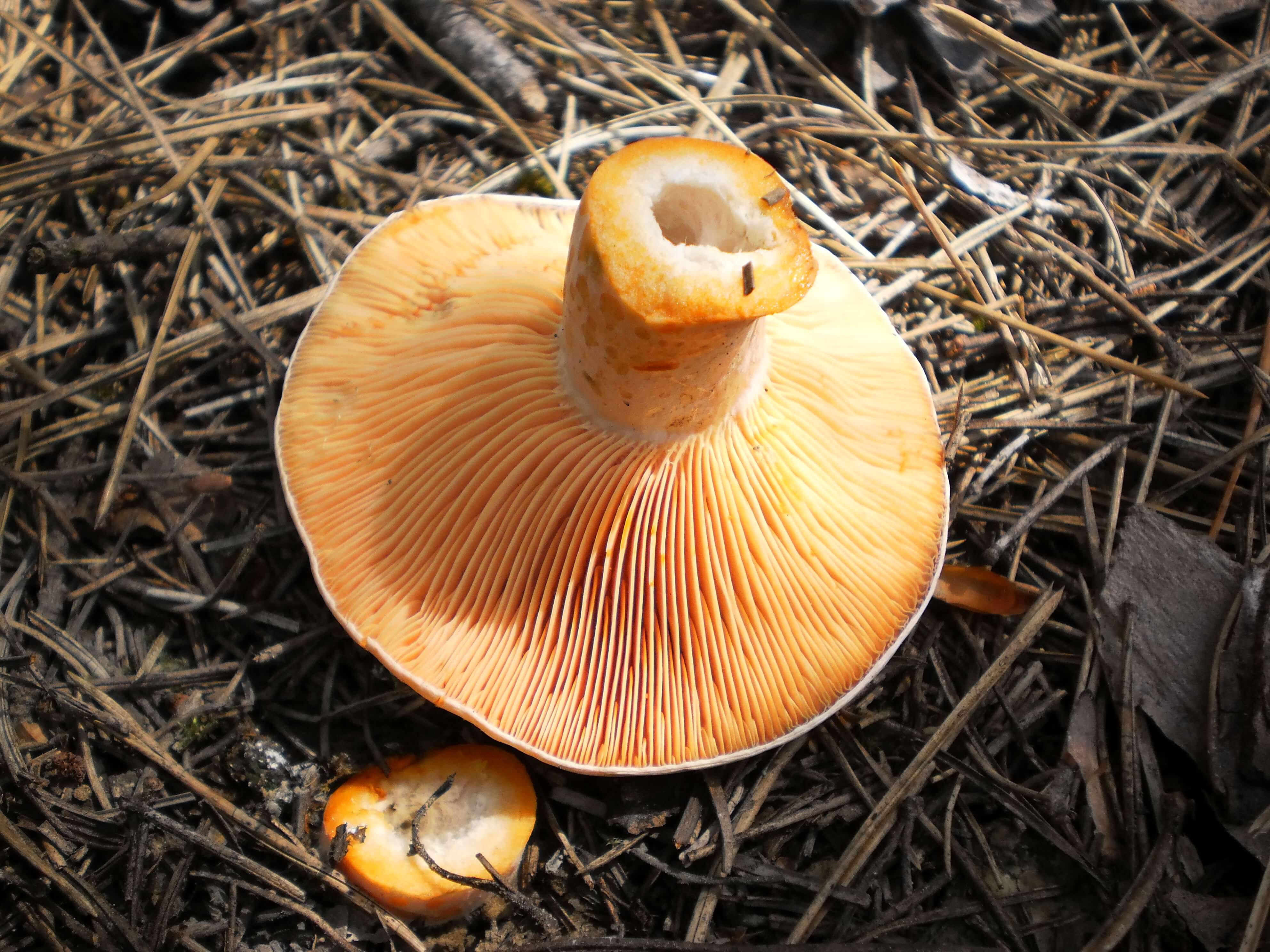
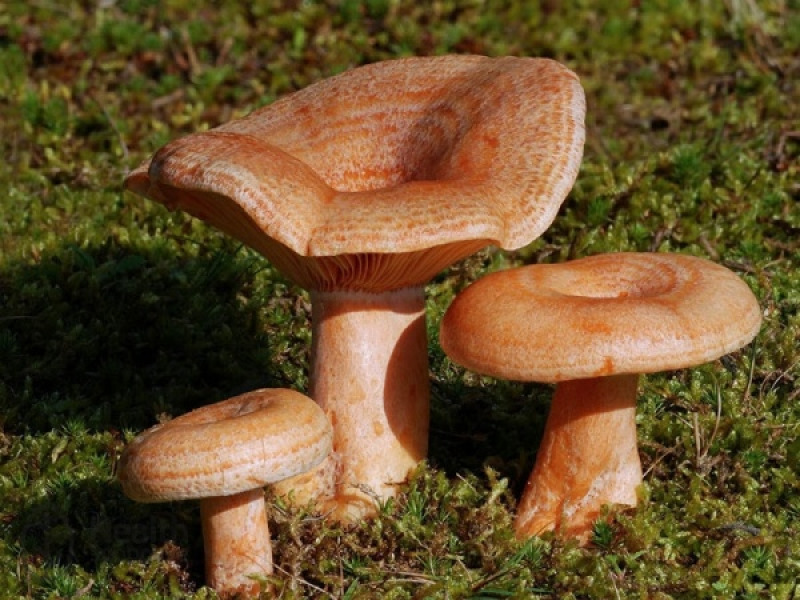
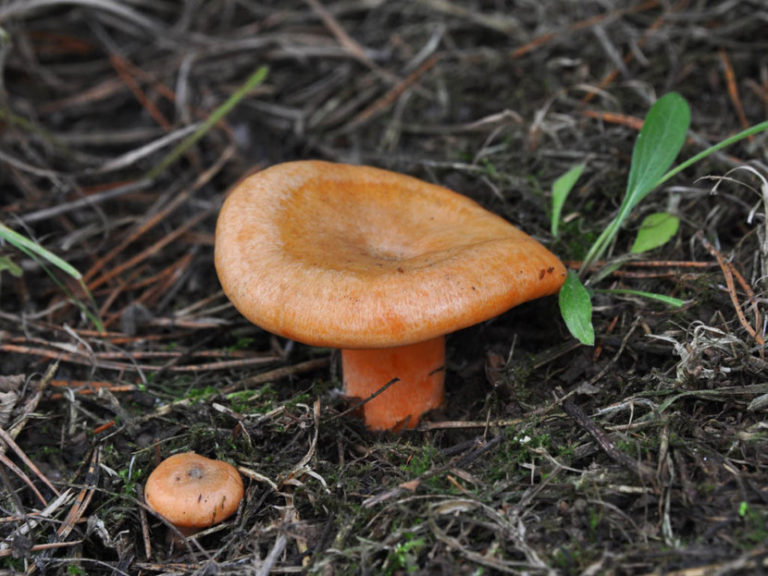
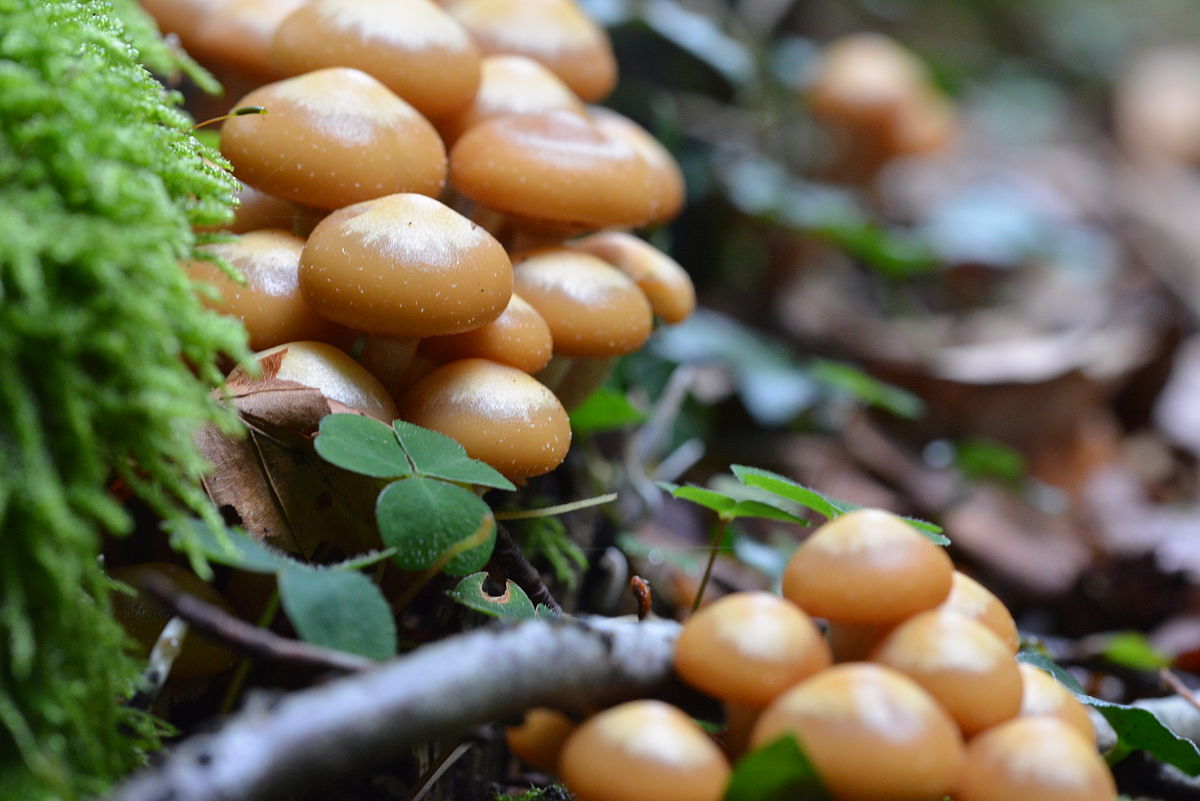
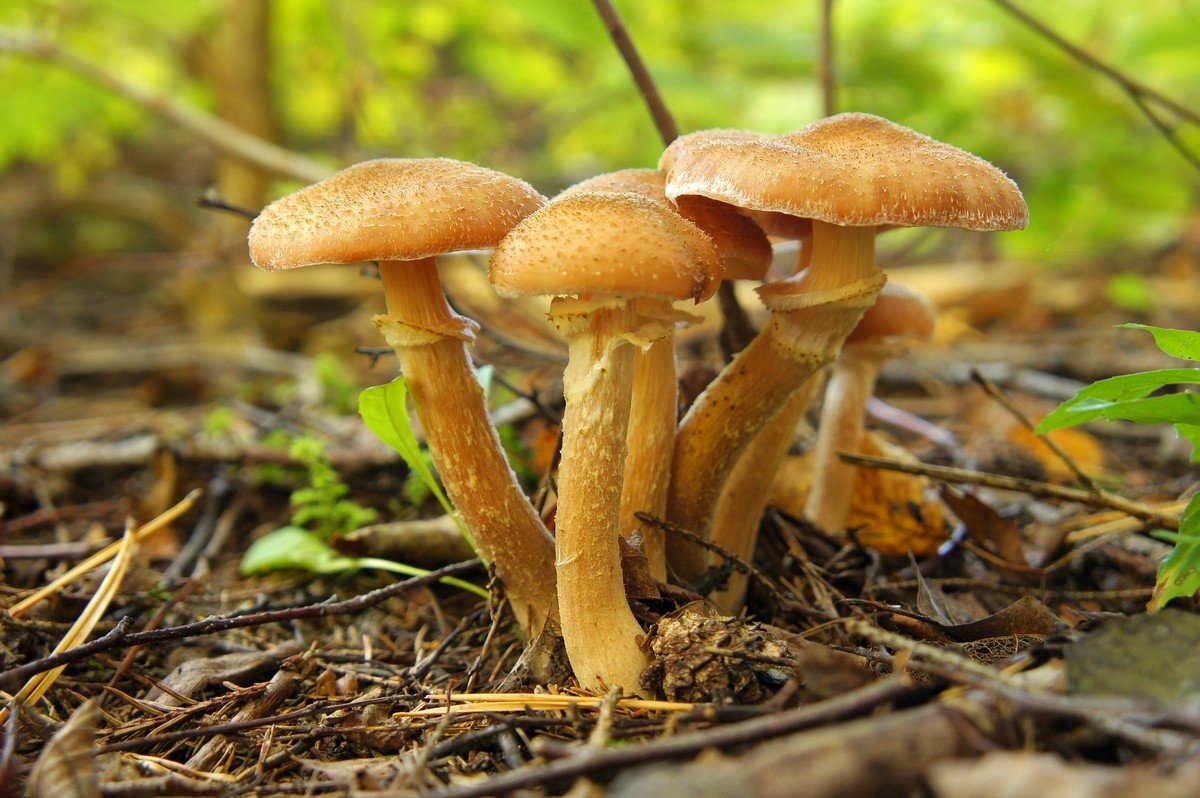
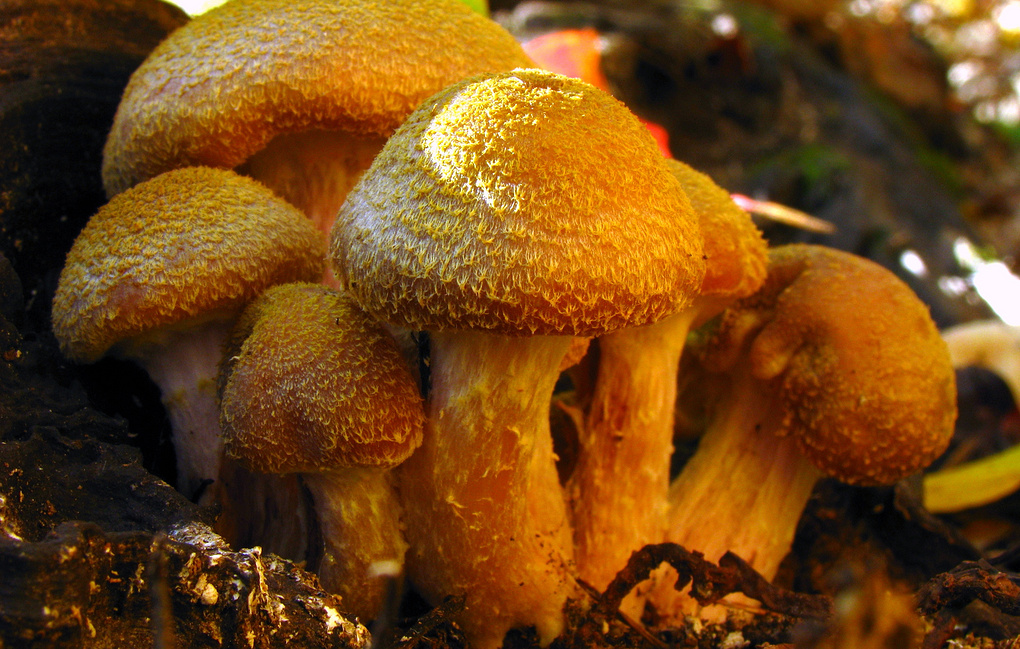
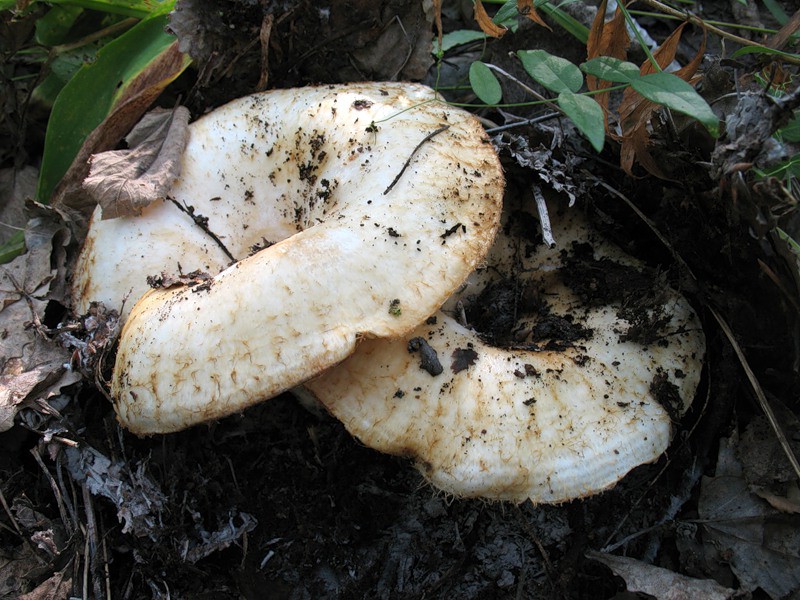
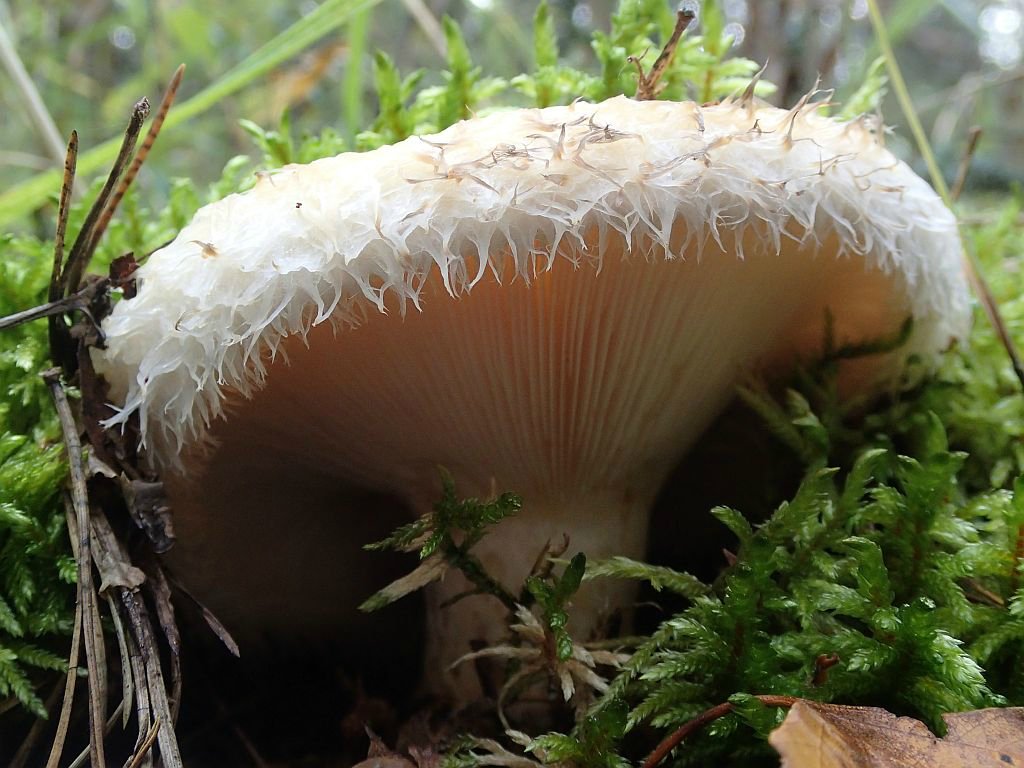
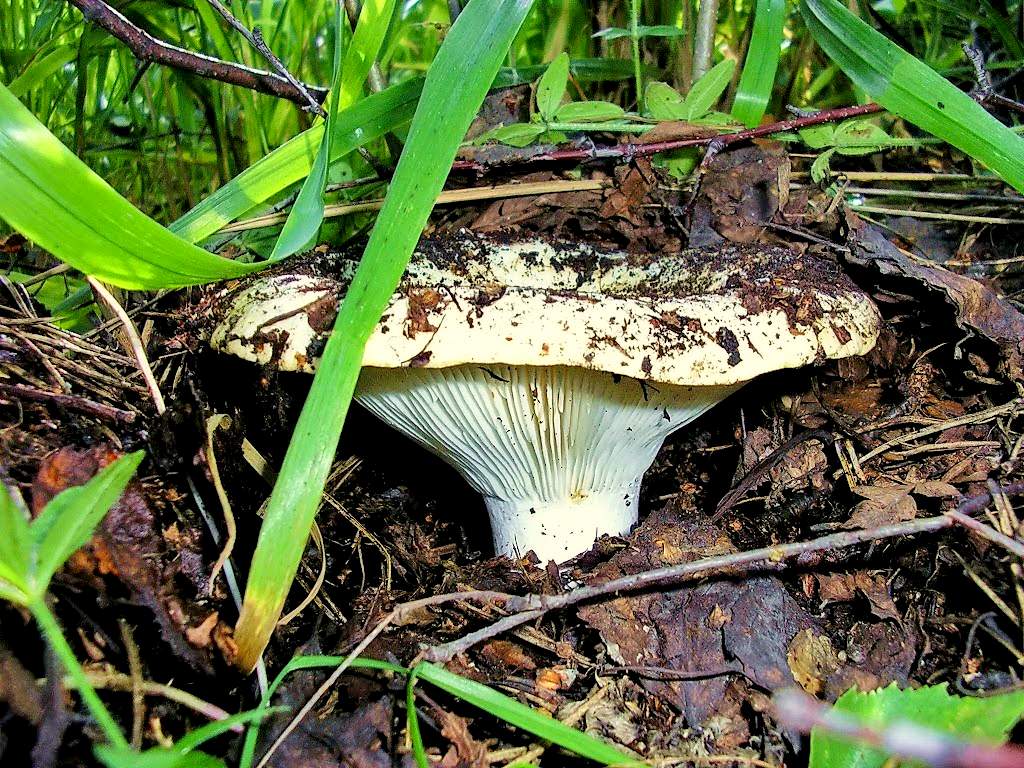
 Care and use of Kombucha at home (+22 photo)
Care and use of Kombucha at home (+22 photo) Edibility of the fungus of the motley umbrella and its description (+19 photo)
Edibility of the fungus of the motley umbrella and its description (+19 photo) Description of edible and inedible oils, their poisonous counterparts (+40 photos)
Description of edible and inedible oils, their poisonous counterparts (+40 photos) Useful properties of milk mushroom and its contraindications (+17 photos)
Useful properties of milk mushroom and its contraindications (+17 photos)
ALEXEY
something there is some kind of fox not understandable somehow ..